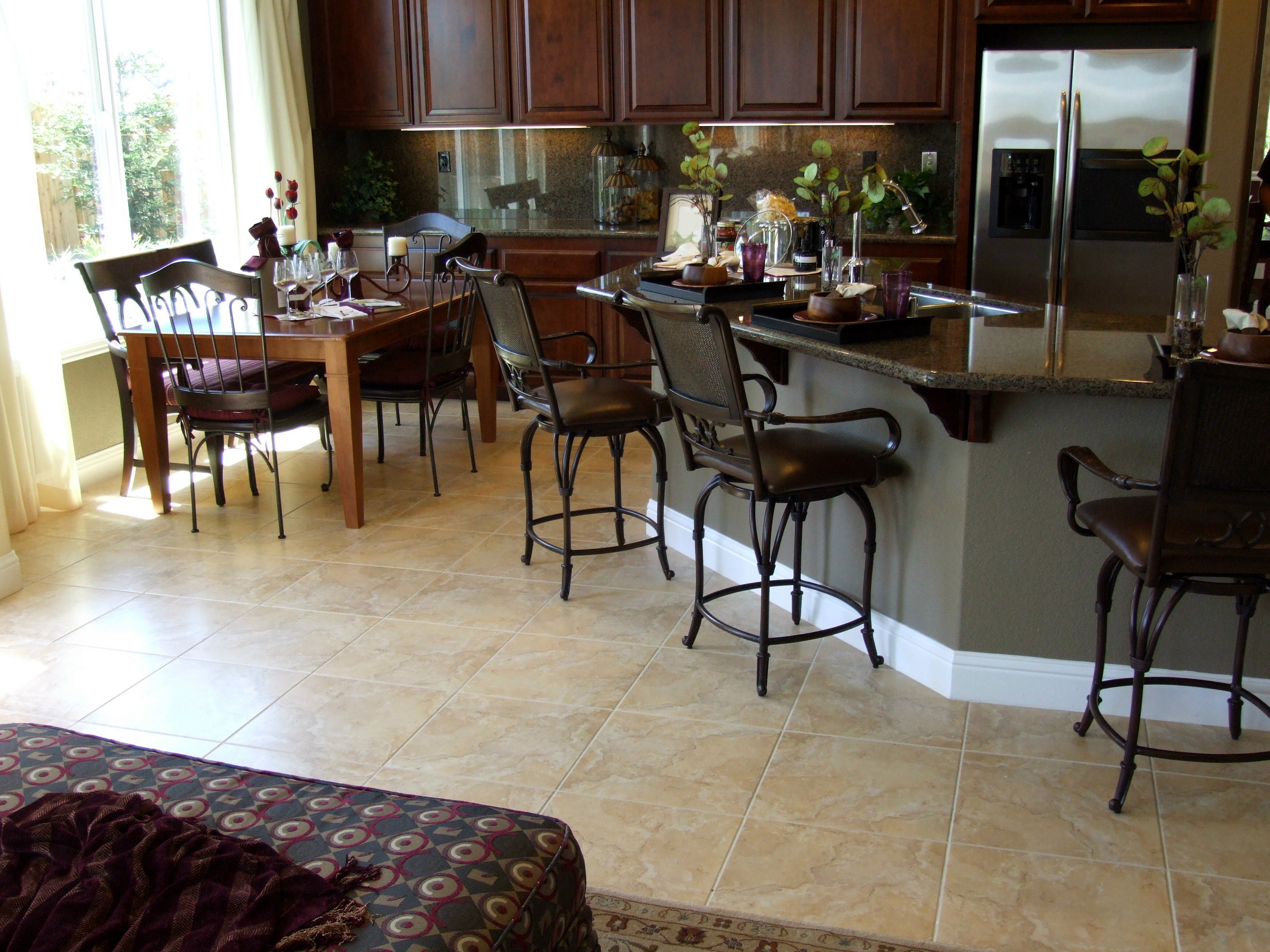The growth in popularity of porcelain tiles
The major manufacturers of porcelain tiles are now producing tiles that closely resemble natural stone such as marble, limestone and travertine. Natural stone has a unique beauty that is not easy to reproduce but it also has a number of drawbacks depending on the type of natural stone – in particular, it can be porous, quite soft and can easily stain so must be sealed and maintained regularly to preserve its appearance over time. Stone-effect porcelain tiles, on the other hand, are non-porous so are perfect for anywhere where there will frequently be moisture such as kitchens, bathrooms and wet rooms. Porcelain is also a very hard material so will resist chipping and scratching and is generally much more durable than natural stone. Because of their non-porous nature, porcelain tiles do not need to be sealed so once they have been installed they are extremely easy to care for. They do not stain and are easy to clean with regular cleaning products.
Another reason for the growing trend in using porcelain tiles is that they can be manufactured in much larger sizes than natural stone. 1 metre x 1 metre is now a common size and even larger sizes are readily available. Using such large tiles gives a very contemporary look to a hallway, bathroom or kitchen and can make small spaces seem larger because fewer joins are required. Take a look around any new show home and you are likely to see large format tiles in at least one space but you don’t have to be moving to a new house to get the look – you can simply re-create it in your own home.
So it is not surprising that the popularity of porcelain tiles is growing and as professional tilers become more used to this very hard material they are developing skills and experience in cutting and drilling porcelain tiles and learning which tools will help them do the job best.





Recent Comments